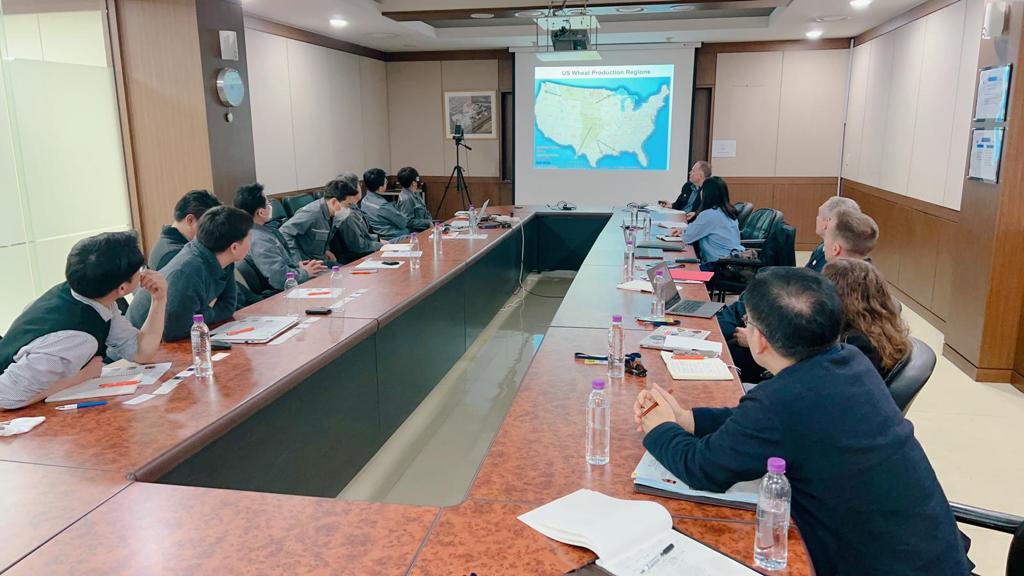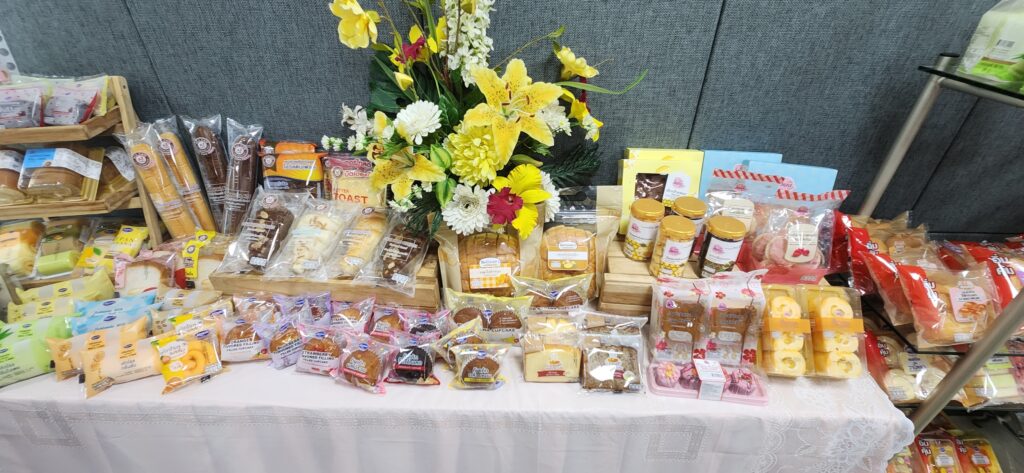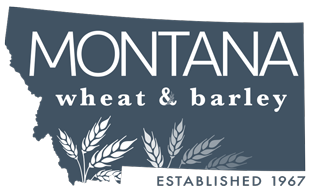Author: Dr. Mike Giroux – Montana State University Plant Sciences and Plant Pathology Department Head
US Wheat Associates, with direct sponsorship from Montana, North Dakota, Minnesota, and Nebraska wheat commissions, assembled a group of wheat breeders to visit the top Asian wheat markets to talk to overseas buyers about their end-use quality requirements. The Wheat Quality Improvement Team (WQIT), during April 15-23, 2023, traveled to Tokyo, Japan; Seoul, South Korea, and Bangkok, Thailand to meet with the major flour milling companies and related baking and food manufacturers.

The primary goal of the WQIT activity is to educate US wheat breeders about the specific end-use quality requirements of key overseas markets since about half of all US wheat produced is exported. The activity helps overseas buyers understand that US wheat quality is no accident, rather the product of investments from farmers and years of scientific breeding work. The wheat breeders gained a better understanding of Asian markets, the type of products produced, and related end-use quality characteristics needed. Since the last WQIT to Latin America in 2015, plant breeding has changed with the introduction of new technology such as CRISPR and transgenes approved in several countries, that will accelerate yield, drought resistance and improve end-use quality and functionality. Growers, state wheat commissions, and universities need to understand that end-use quality is important in enhancing the overall value of US wheat. Breeders require feedback from modern food processing companies to set relevant breeding targets and release varieties that meet the quality parameters of both the domestic and overseas markets.
The team consisted of US wheat breeders:
Dr. James Anderson, Director of the spring wheat breeding and genetics program at the University of Minnesota. Dr. Anderson also oversees and helps manage breeding programs for intermediate wheatgrass and field pennycress.
Dr. Katherine Frels, Director of the small grains breeding program for the University of Nebraska. She leads breeding programs for wheat and triticale with a focus on hard red winter wheat.
Dr. Mike Giroux is head of the Montana State Plant Science Department, directs the Montana State Wheat Quality Laboratory and leads the Montana State durum breeding program. His basic research focuses on genes that impact wheat quality in hard spring, hard winter, and durum wheat.
Mr. Andy Hogg, is an Assistant Breeder at Montana State University with experience working with hard red spring and winter and durum wheat.
Dr. Yukiko Naruoka, is a wheat breeder at Syngenta. She focuses on the development of hard red spring wheat and leads a hybrid wheat breeding program.
Mr. Steven Wirsching, Vice President and Director USW West Coast Office.
Messages brought back from the team included:

Consistency: US HRS and HRW is produced over a large area in the northern great plains which is exported through the PNW and shipped to Asia. Buyers and end-users want better uniformity and consistency from shipment to shipment of US wheat. Most buyers understand that wheat will vary from crop year to crop year due to the weather, but they expect wheat shipments to be consistent in terms of protein strength and extensibility.
Importance of export markets: Roughly half of US wheat is exported, and the quality attributes needed by export markets are important factors for US breeders to consider in their selection of wheat varieties.
Japan:
Japan is the second largest buyer of US wheat, with Mexico being the first. Japanese millers and bakers appreciate that US wheat has been a consistent source of high-quality wheat that is available in abundance (in non-drought years). The Japanese millers and bakers want more moisture in bread along with some stickiness in their baked products. The desire for increased absorption is one that is rather universal while the stickiness trait is not one that is shared with US and other markets for US wheat. US wheat makes up ~44% of the wheat that Japan imports with roughly an equal amount of HRS and HRW and most of the remainder being HWW. Requirements they indicated that US wheat breeders should focus on include test weight, sound kernels (no damage and no pre-harvest sprouting), no dockage, high protein, and stable quality traits. The Japanese millers present though that HRS and HRW have become less consistent over time in terms of their protein content and flour mixing properties. They also seemed to think that CWRS (Canadian hard red spring) has a better blend of strength and extensibility while HRS and HRW are less extensible.
The WQIT also met with a group Yamazaki milling and baking quality personnel. The goal of that meeting was to work toward wheat quality targets and ultimately increase acreage devoted to high product quality wheat varieties.
South Korea:
South Korea is in the top ten of countries that import US wheat. South Korea imports about half of its wheat from the US with the remainder from Australia. They are interested in new varieties and those that can be used for premium products. The South Korea millers and bakers expressed that Australian wheat is preferred for noodle production since it has lower polyphenol oxidase activity (PPO) and makes a softer noodle. The softer noodles may result from both lower protein strength and one or more Waxy (Wx) gene mutations. Wx mutations decrease amylose content slightly and the resultant increase in amylopectin causes increased water absorption and softer noodles when the noodles are cooked. US wheat breeding programs now can select for both low and no PPO activity and the low PPO trait should steadily increase over time among US HRS and HRW wheat varieties. Australian wheat is also white wheat while the US grows little white wheat.
Thailand:
The WQIT met with attendees of the Milling and Baking School. Those in attendance included employees of flour mills in Malaysia, the Philippines, Japan, Singapore, Thailand, Indonesia, and Vietnam. Each of these countries uses US wheat for both noodles and various baked goods. The individual country representatives reported their tests of US wheat for various applications. In different quality tests including low (6%) and high (16%) sugar bread they reported that some wheat varieties are unsuitable while others conferred superior product quality.
Recommendations and/or Accomplishments
- US wheat breeders of HRS and HRW should increase their focus upon developing HRS and HRW that is both strong and extensible.
- While the environment has a large year to year impact on the quality of US wheat, US wheat varieties should be selected to be more uniform.
- All new wheat breeders should participate in this program to educate them about the quality demanded in the overseas market.
- USW should conduct a breeder’s team each year in one of the three regions: Asia, Latin America, and Europe.
- Private wheat breeders must continue to be included in this program because of the large percentage of private wheat varieties grown in the US.
Follow up with breeders is needed to continue the engagement and education process which will drive them to release higher quality wheat varieties.


